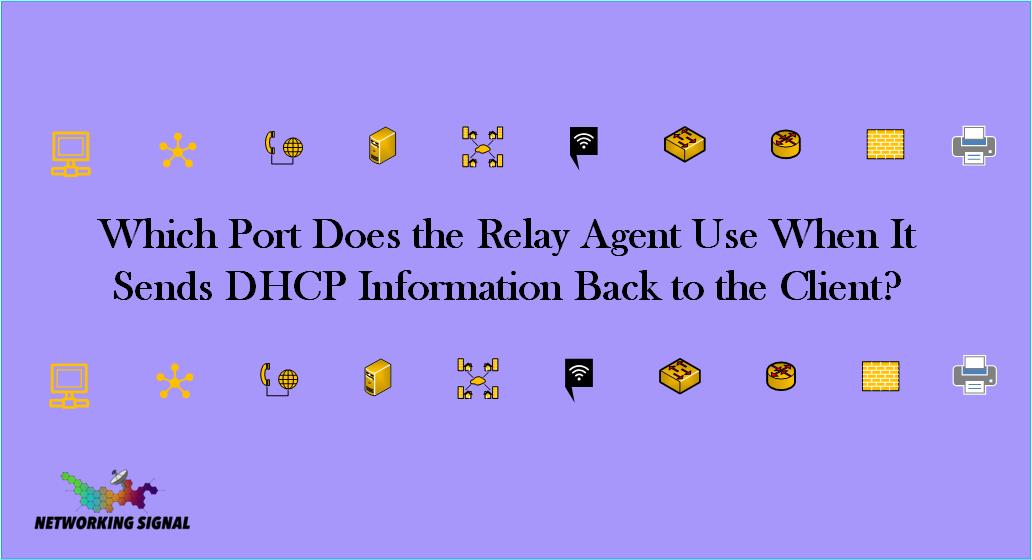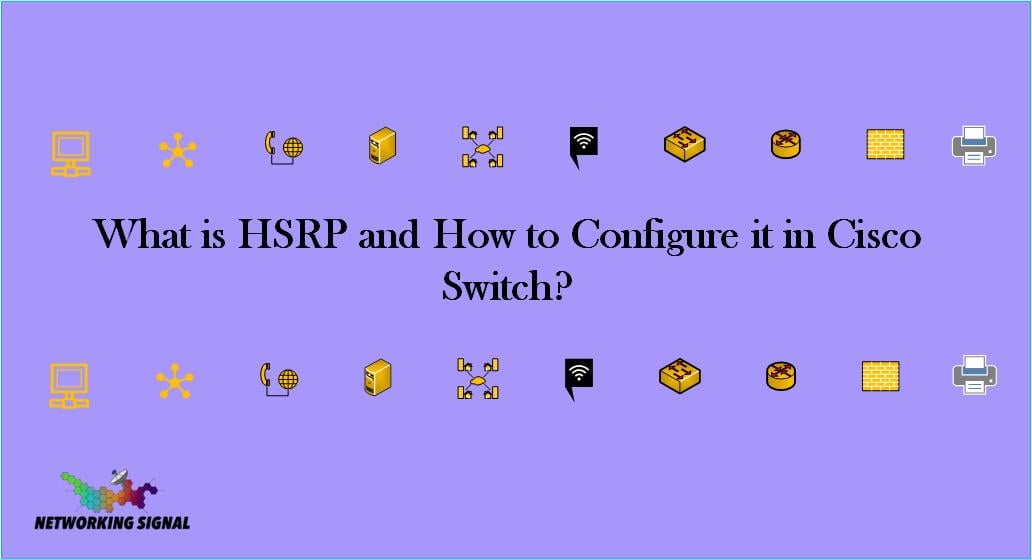Which Port Does the Relay Agent Use When It Sends DHCP Information Back to the Client?
Which Port Does the Relay Agent Use When It Sends DHCP Information Back to the Client? The relay agent sends DHCP information back to the client via port 67. Port 67 is a UDP port that serves as the destination address for DHCP messages sent from the relay agent, and it can also be used … Read more





